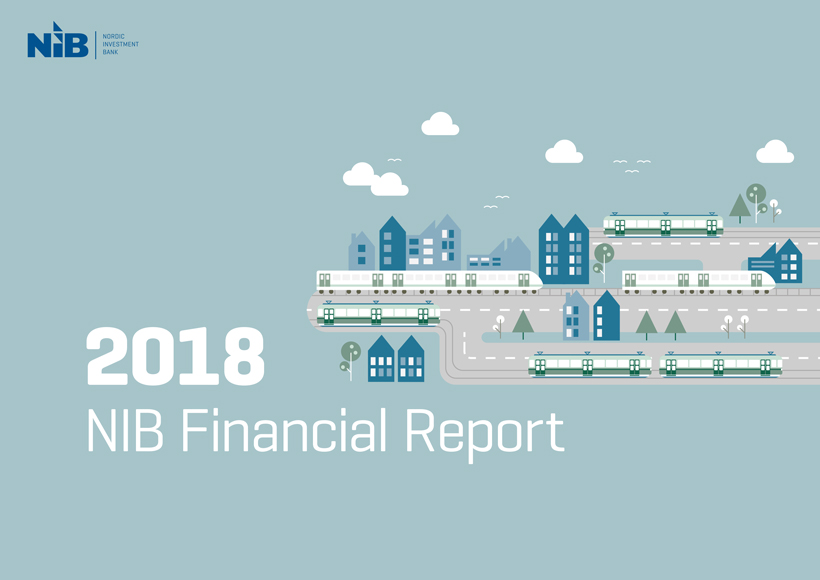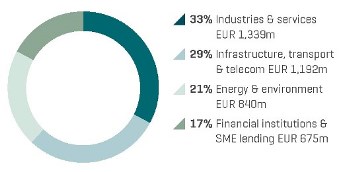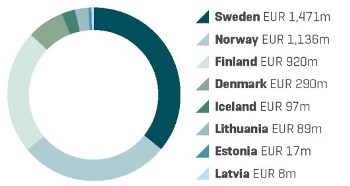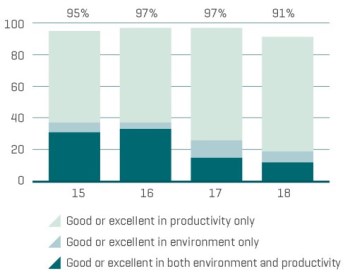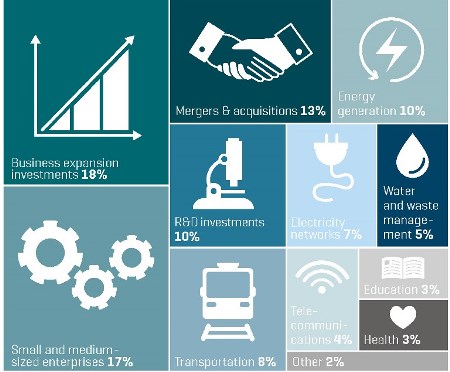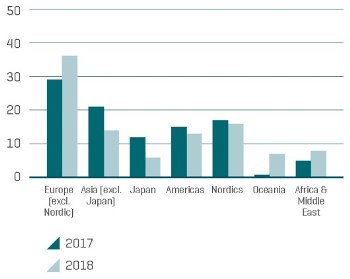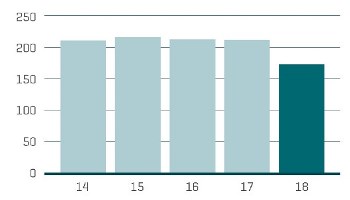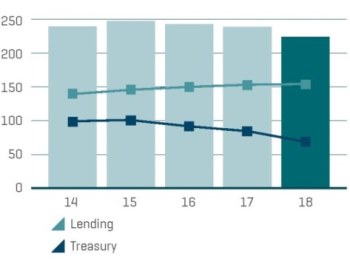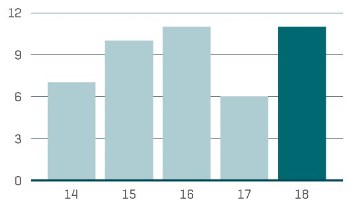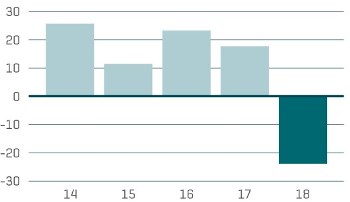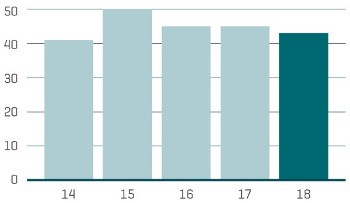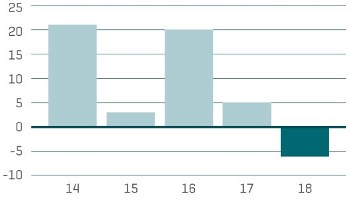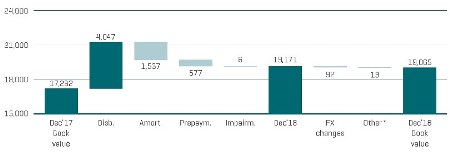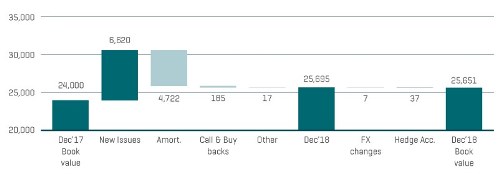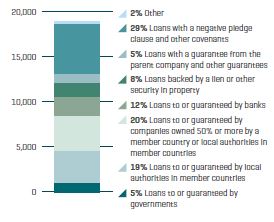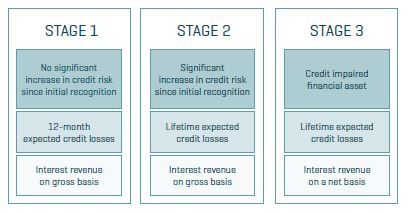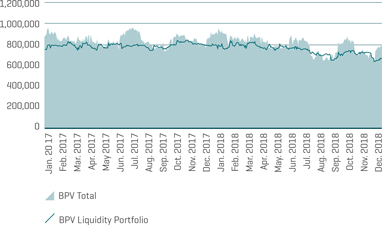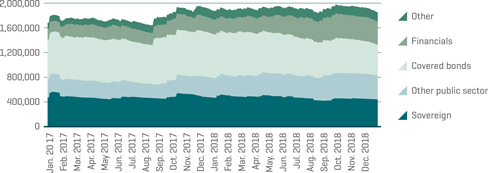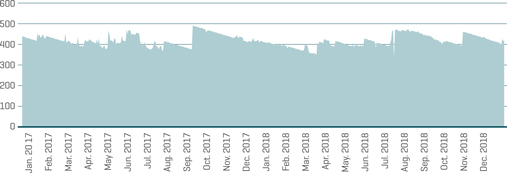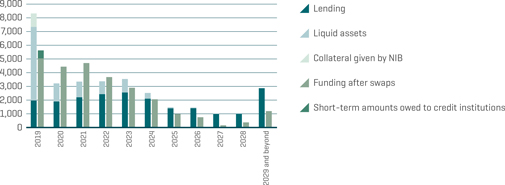
Note 1: Accounting policies
REPORTING ENTITY — HISTORY OF NIB
Cooperation of Member Countries
Institutionalized Nordic Cooperation
Cooperation among the Nordic countries comprises a wide range of activities, including economic policy, development of industrial technology, communications and the harmonisation of legal systems.
The most important formal basis for Nordic cooperation is the Helsinki Agreement of 1962. This agreement sets out the aims of Nordic cooperation and contains provisions for the Nordic Council and, as subsequently amended, for the Nordic Council of Ministers.
The Nordic Council is a forum for consultation and discussion on issues of common interests at a parliamentary level. The Nordic Council of Ministers is empowered to make decisions on matters of cooperation that are considered binding to the governments of the Nordic countries.
Since 1992, the three Baltic countries Estonia, Latvia and Lithuania have been cooperating closely with the Nordic countries under the framework of the Nordic–Baltic Eight (NB8) format. Under NB8, regular meetings between the Nordic and Baltic prime ministers and foreign ministers are held to discuss questions of regional interest and international issues.
EFTA and EU
The Nordic countries have steadily broadened their mutual commercial relationships, a development encouraged by the creation of the European Free Trade Association (“EFTA”) in 1960, which established a framework for the development of inter-Nordic trade during the 1960s and 1970s.
Following Denmark’s entry into the European Community (the predecessor to the European Union) in 1973, the other four Nordic countries concluded bilateral free-trade agreements with the European Community in order to promote free trade within the Nordic region.
Effective 1 January 1994, the EFTA member countries, excluding Switzerland, and the European Union (“EU”) established the European Economic Area (“EEA”), a free trade zone in Europe.
On 1 January 1995, Finland and Sweden became members of the EU, leaving Norway and Iceland as the only Nordic countries that presently are EFTA members. At the introduction of the Euro on 1 January 1999, Finland was the only Nordic country to participate in the economic and monetary union of the EU (“EMU”).
Effective 1 May 2004, Estonia, Latvia and Lithuania became members of the EU and subsequently of the EMU. Estonia joined the EMU on 1 January 2011, Latvia on 1 January 2014 and Lithuania on 1 January 2015.
Other forms of cooperation
Nordic–Baltic cooperation also includes coordination of policy positions in international organisations. Consultations are held regularly on issues arising within the United Nations and the United Nations Commission for Trade and Development. The member countries are jointly represented in the International Monetary Fund, the International Bank for Reconstruction and Development and other international organisations.
Implications for NIB Establishment of the Nordic Investment Bank
Discussions within the Nordic Council and the Nordic Council of Ministers over a number of years led to the establishment of the Nordic Investment Bank. The legal basis for NIB is the “Establishing Agreement”, which was signed on 4 December 1975. The signatories of the Establishing Agreement were Denmark, Finland, Iceland, Norway and Sweden.
The Establishing Agreement and the Statutes of NIB became effective on 1 June 1976, and the Bank commenced operations on 2 August of that year.
On 15 September 1981, the Nordic Council of Ministers approved a programme to promote member country cooperation in project exports, primarily to developing countries. The decision, as amended on 28 February 1982, included, as one major element of the programme, the creation of a joint financing facility to grant loans and issue loan guarantees (“project investment loans”). The facility became effective on 1 July 1982, and forms currently the main part of NIB’s lending activities outside Member countries. See Note 11.
22
